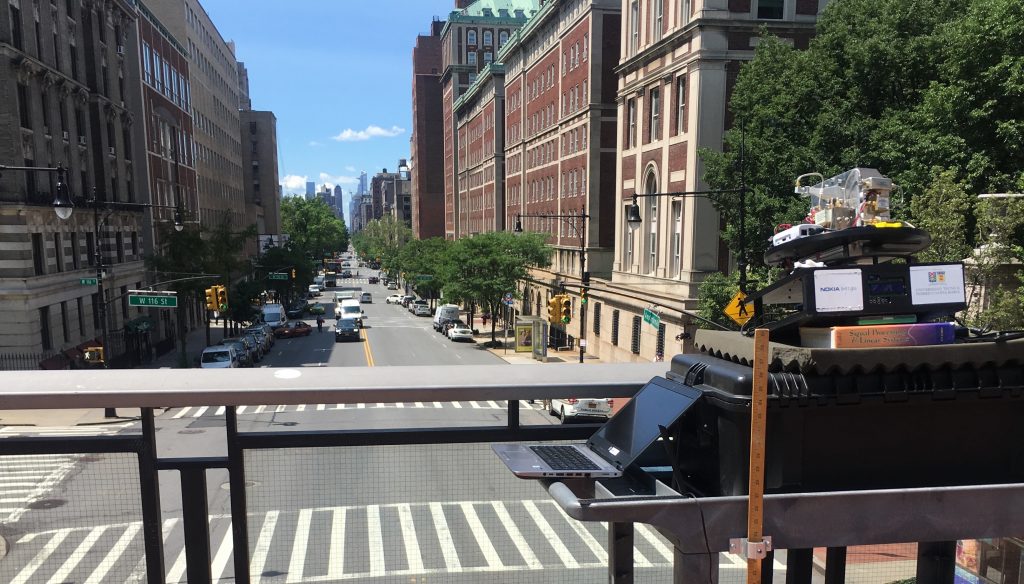
A team from Nokia Bell Labs and Universidad Técnica Federico Santa María reports extensive millimeter-wave channel measurement campaigns at 28 GHz in different urban street canyon environments including the COSMOS testbed deployment area. The principal objective of these measurement campaigns is to characterize reliably (with empirical model uncertainty much smaller than shadow fading uncertainty) millimeter-wave coverage at 28GHz from macro base stations to same-street outdoor terminals both for roof-edge and offset from edge base antennas. This is done to assess improvement in rate offered by millimeter-wave spectrum over traditional microwave band cellular coverage in more limited bandwidth. This work derives its conclusions based on the path gain and effective azimuth directional gain extracted using over 3000 continuous wave (CW) links at 28 GHz measured at multiple locations, in Manhattan, NY, which include the COSMOS testbed neighborhood around the Columbia Morningside campus, as well as in Valparaíso, Chile. The large data set allows statement of empirical models with 90% confidence interval of under 1 dB for path gain and under 0.5 dB for effective directional gain distribution.
The results and findings were reported in a journal article to appear in the IEEE Transactions on Antenna and Propagation:
- Du, D. Chizhik, R. Valenzuela, R. Feick, G. Castro, M. Rodriguez, T. Chen, M. Kohli, and G. Zussman, “Directional Measurements in Urban Street Canyons from Macro Rooftop sites at 28GHz for 90% Outdoor Coverage,” IEEE Transactions on Antenna and Propagation (to appear), 2021. [download]


